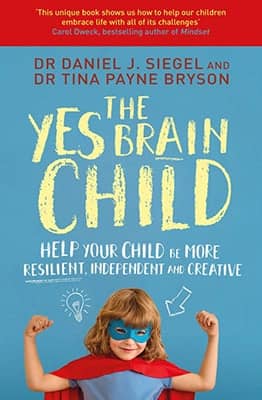Supporting Students with Autism Spectrum Disorder in Schools – Jennifer Oaten
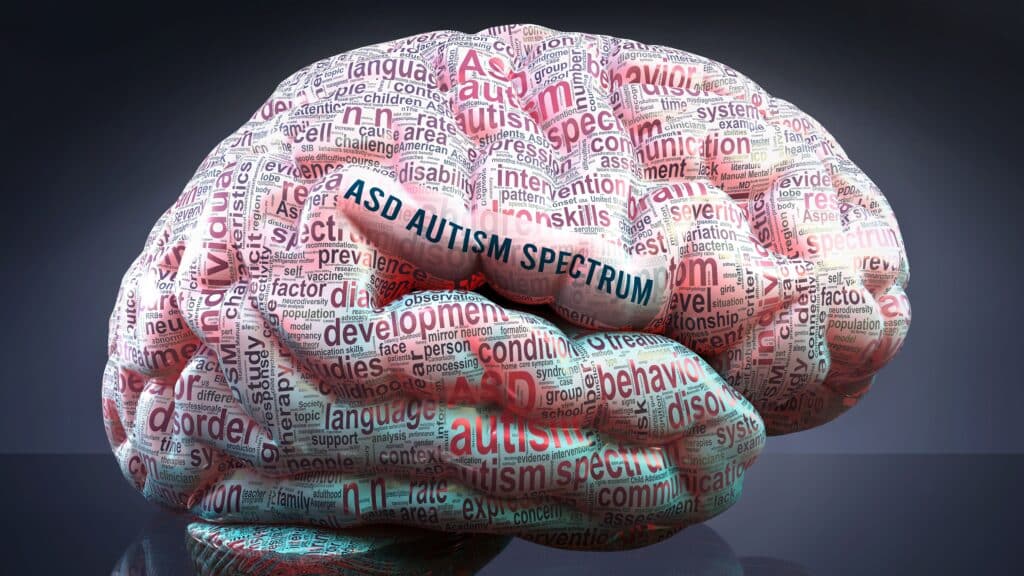
When you ask someone to name a person who has had a lasting impact on their life, it is often a teacher whom they felt knew them as an individual, connected with them, understood their needs and was able to provide what they needed to thrive. This is important in any education setting but is particularly important for students with Autism Spectrum Disorder (ASD), a lifelong developmental disorder that affects how people interact with the world around them and communicate with others.
With 1 in 150 Australians having ASD and 1 in 4 having an autistic relative, it is essential for schools and communities to foster greater understanding and support for these young people. Individuals with ASD can possess a wide range of intellectual abilities, from being highly intelligent to having average intelligence or even experiencing intellectual disabilities.
The prevalence of ASD is increasing among students in our schools, and it is essential for communities to develop a deeper understanding of this condition in order to support the growth and success of these young individuals. Recently, our staff took part in a workshop focused on enhancing their understanding and acceptance of ASD. The workshop aimed to increase awareness of the emotions experienced by students with ASD and provided strategies for adapting learning environments to better suit their needs.
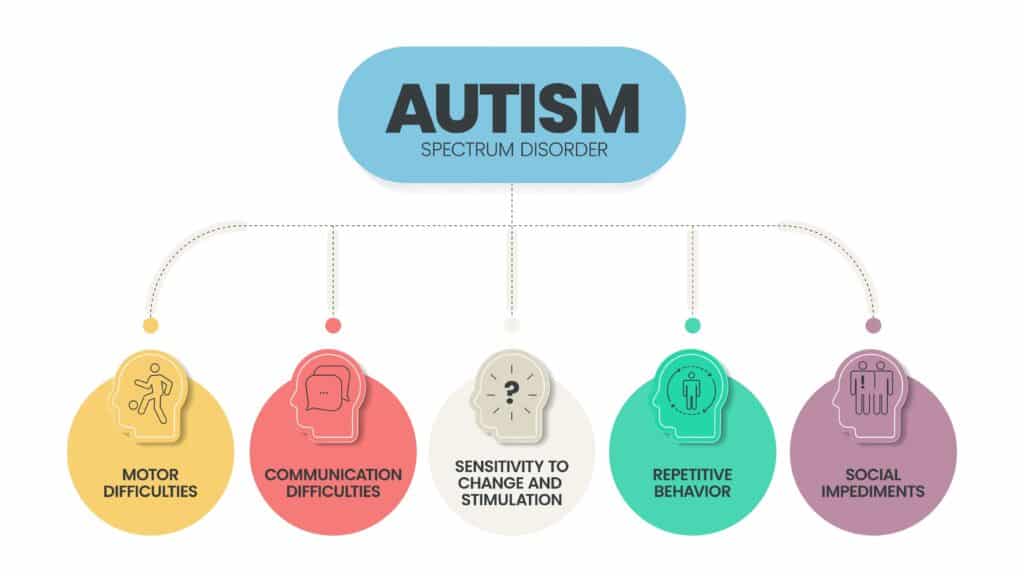
Motivating a teenager to wake up, get organised, and depart for school punctually can be difficult for any parent. For those with a child diagnosed with ASD, these challenges tend to be even more complex.
Parents of children with ASD might be awakened during the early hours, need to establish a specific routine with extra time needed for minor tasks, or have to find alternative uniform options due to sensory sensitivities. Even seemingly trivial matters, such as wearing the preferred pair of socks, play a crucial role in starting the day on a positive note.
Students with ASD face various sensory challenges throughout their school day due to heightened sensitivity to light, sound, odours, tastes, touch, and textures. These challenges can trigger anxiety or unusual behaviours, making it difficult for them to navigate social situations and focus on learning.
Examples:
- Cars of various vibrant colours pull up to the school, their shiny exteriors reflecting the morning sun, while some drivers honk their horns. The grounds team busily clears leaves with a blower vac, and the garbage truck’s beeping fills the air as it reverses towards the bins.
- Upon stepping out of the car, students can be seen in large groups, laughing and squealing with delight, their voices high-pitched. The sound of trumpets rehearsing as part of the band adds to the lively atmosphere.
- The locker room is bustling with noise as students prepare for the day, with locker doors slamming, bags thudding on the ground, and locks clicking.
- In search of a quiet space, one might head to the library, only to find it abuzz with activity from a book club meeting and a debating team practice. The energy is palpable.
- Math class takes place in a different room today, creating a sense of unfamiliarity and uncertainty. The seating arrangement is altered, and even the chairs are different.
- In an English class, the relief teacher’s strong perfume is overwhelming, and numerous instructions are given too quickly to process. A flickering fluorescent light above adds to the discomfort.
- By 10.40 am, sensory overload has taken its toll, leaving one feeling too exhausted and overstimulated to eat and dreading the upcoming whole school assembly.
All of these things make life difficult for a young person who has autism and is trying to manage day-to-day life at school. These situations can trigger anxiety or behaviours that other students may consider unusual.
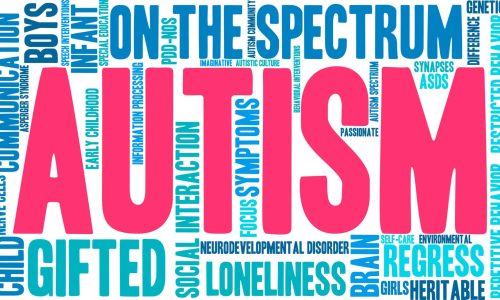
Navigating adolescence can be challenging for any teenager, and the added sensory sensitivities make it even more difficult for some. Social interactions and recognising social cues can also be challenging for young people with ASD, as they may be considered introverted if they opt out of participating due to exhaustion. This can lead to feelings of isolation from their peers because navigating social situations may be difficult or tiring.
As educators, our responsibility is to minimise stimuli that may overwhelm these students. While this may be a demanding task, being aware of their needs is a crucial first step in creating a supportive learning environment. By reducing sensory triggers and fostering a less stimulating atmosphere, we can help these students focus on learning and ensure that they have an equal opportunity to thrive academically and socially.
Additionally, we should strive to facilitate social inclusion by promoting understanding among their peers and providing opportunities for positive social interactions in a comfortable setting. In doing so, we can create an environment where all students, regardless of their challenges, feel valued, supported, and empowered to reach their full potential.
Our dedicated staff, guided by our exceptional Enrichment team leaders, listened to the personal experience of a colleague who courageously shared her son’s and her family’s journey with autism. Following this, they were encouraged to commit to doing one thing to support students with ASD.
The suggestions provided below not only benefit those with autism but also positively impact many other students. Some of these suggestions included:
- Establish routine and structure: Create a more predictable environment by maintaining consistent schedules and routines.
- Promote tolerance, understanding, and empathy: Encourage other students to be patient and understanding towards their peers with ASD, who may exhibit unusual behaviours.
- Communicate clearly and concisely: Speak about one topic at a time, using simple language and breaking down information into smaller chunks.
- Provide schedules and step-by-step plans: Offer visual aids, lists, and detailed instructions to help students with ASD stay organised and focused.
- Ask questions one at a time: Break down complex tasks into simpler components, allowing students with ASD to process information more easily.
- Check for sensory sensitivities: Be aware of potential triggers in the environment and make necessary adjustments to minimise sensory overload.
- Create quiet areas for self-regulation: Designate spaces where students with ASD can retreat when they feel overwhelmed, allowing them to regain control and focus.
Supporting young people with ASD is a vital aspect of our role as educators. By implementing these strategies and creating an inclusive, understanding environment, we can make a significant difference in the lives of students with ASD. Let us remember that sometimes, doing just one thing can have a lasting impact on a young person’s life and help them reach their full potential.
As we continue to learn and grow in our understanding of ASD, let us remain committed to fostering a supportive and nurturing educational environment for all students. By working together, we can ensure that every student has the opportunity to thrive academically, socially, and emotionally, regardless of the challenges they face.

Santa Maria’s Boarding Mural: A Tapestry of Unity
As part of Boarding Week, our boarders have presented the College with a remarkable art mural which adorns the walls outside the Cafe.

Shayla Wins Class Clowns 2024
Shayla was recently crowned winner of the Class Clowns National Grand Final at the Melbourne International Comedy Festival.
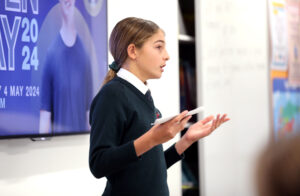
The Value of Student Voice – Jennifer Oaten
“At Santa Maria College, we are not only given the opportunity, but we are encouraged by our teachers and each other to voice our opinions, concerns and ideas—to continue moving forward as a school and as a community. Student voice is integral for growth, and allows for us, as students to have an active role in shaping our education.”
- Featured
Author: Santa Maria College
Santa Maria College is a vibrant girls school with a growing local presence and reputation. Our Mission is to educate young Mercy women who act with courage and compassion to enrich our world. Santa Maria College is located in Attadale in Western Australia, 16 km from the Perth CBD. We offer a Catholic education for girls in Years 5 – 12 and have 1300 students, including 152 boarders.





